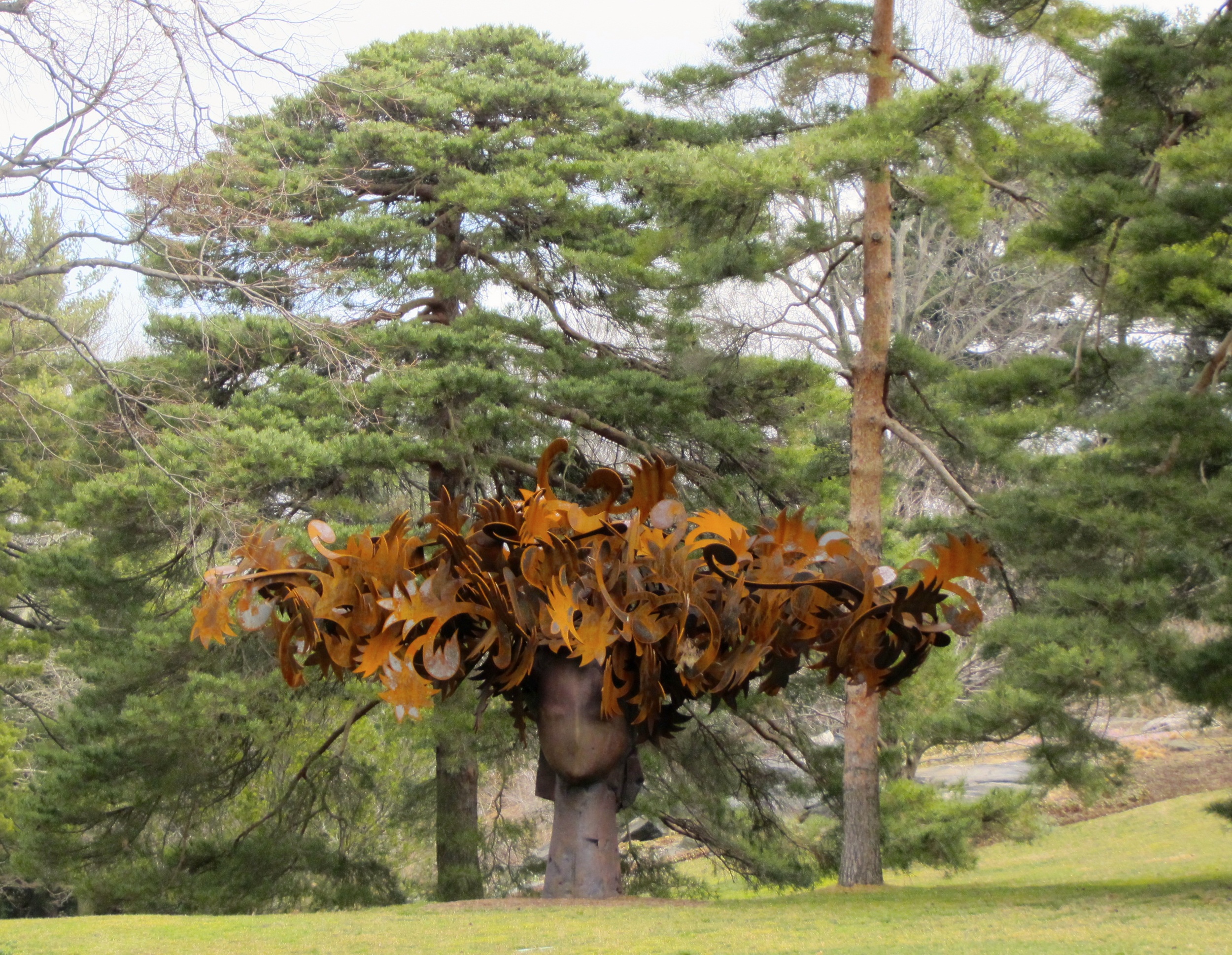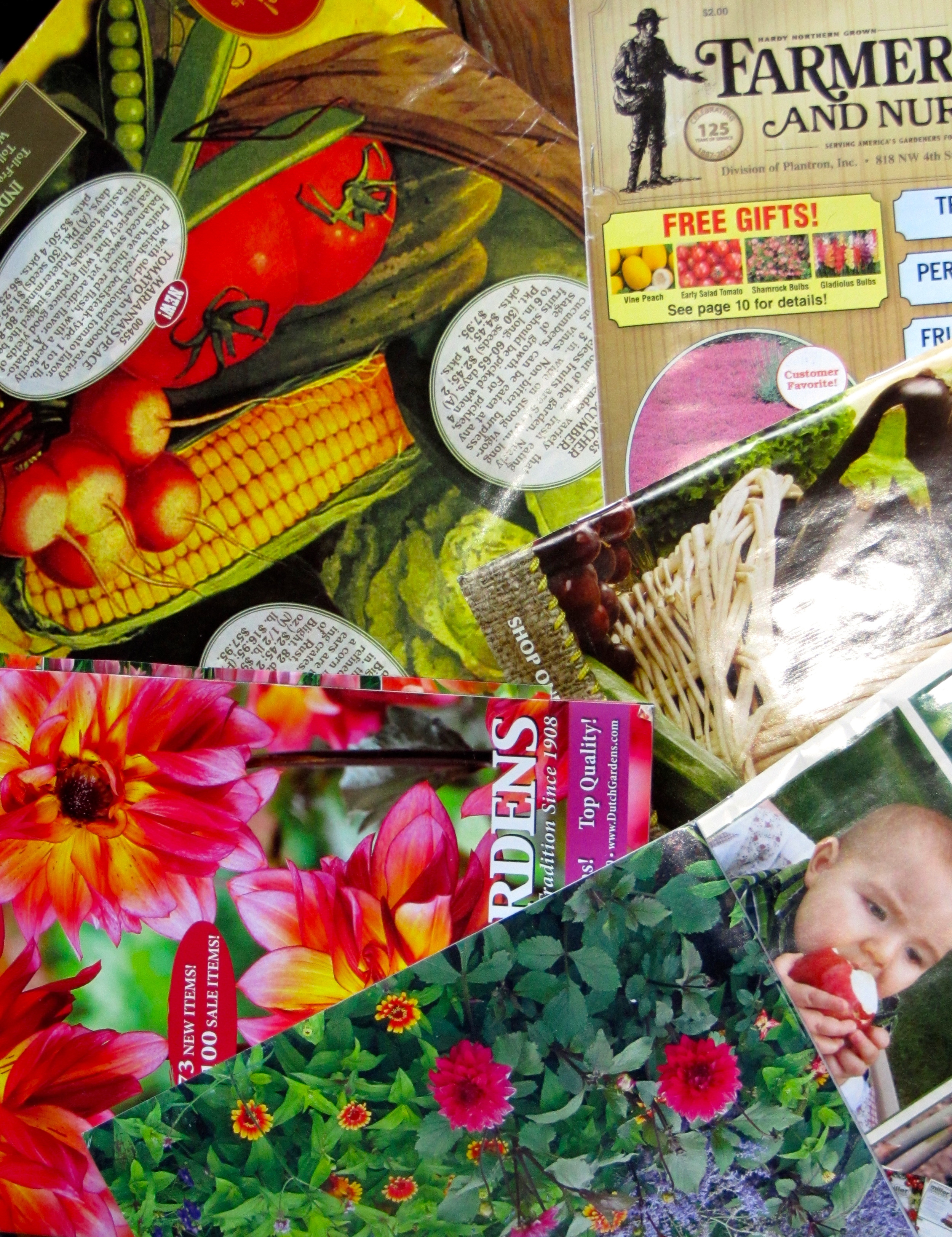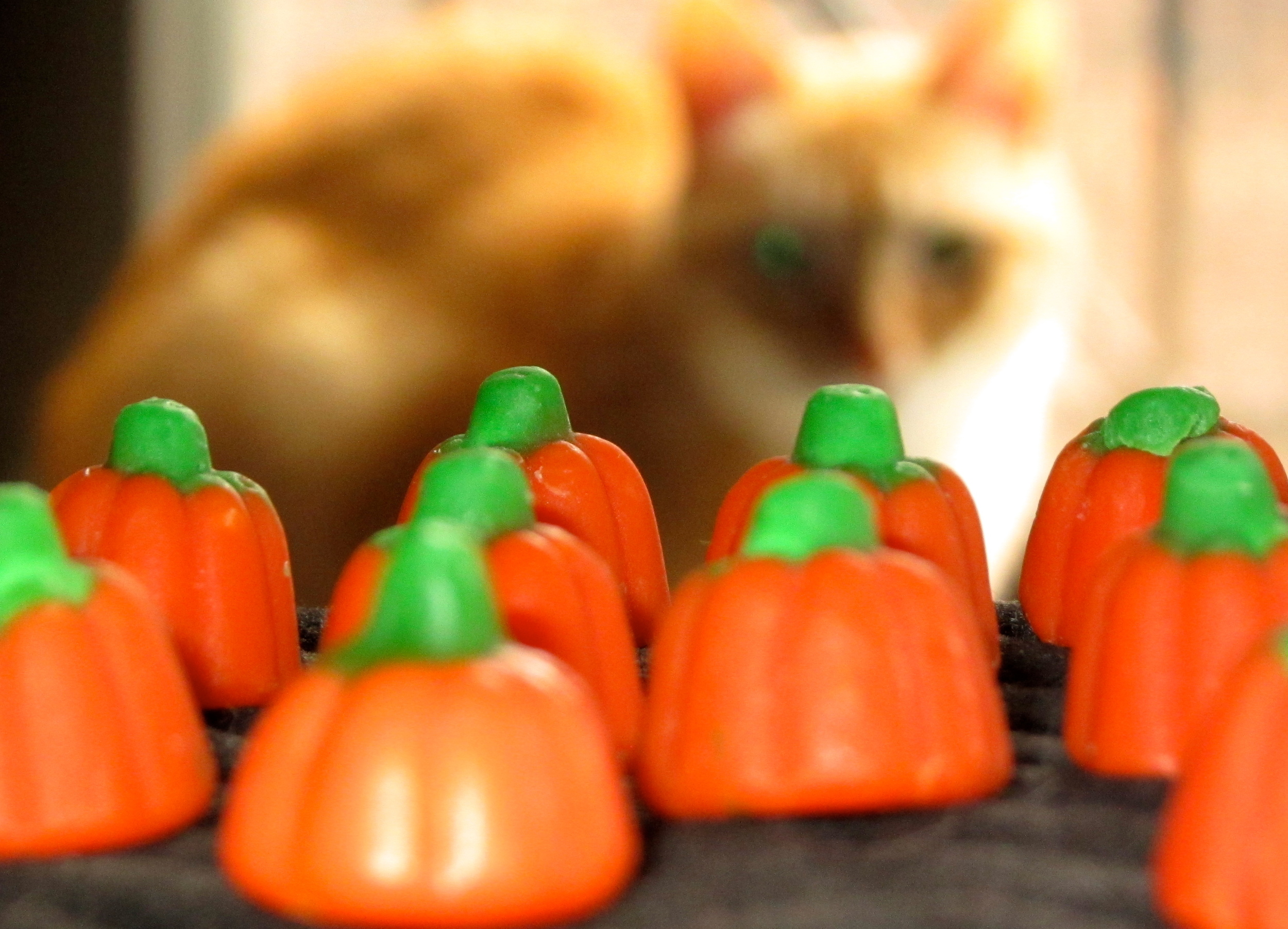Paul Revere was the third child of Apollos Rivoire and his wife Deborah Hitchborn. The French-born and Huguenot Rivoire anglicized his surname to Revere. Paul was apprenticed in the family silversmithing business at a very young age.
Paul Revere is most widely remembered for his midnight ride warning the American colonists of advancing British troops before the battles of Lexington and Concord. We commemorate that day tomorrow - the eighteenth of April. Henry Wadsworth Longfellow's poem contains numerous inaccuracies but we all learned it as school children. Here are stanzas 1 and 2 from Longfellow's Tales of a Wayside Inn, The Landlord's Tale: Paul Revere's Ride
"Listen, my children and you shall hear,
Of the midnight ride of Paul Revere,
On the eighteenth of April, in Seventy-five,
Hardly a man is now alive
Who remembers that famous day and year.
One if by land, and two if by sea,
And I on the opposite shore shall be,
Ready to ride and spread the alarm
Through every Middlesex village and farm."
Paul Revere went on to further service in the American Revolution. He was involved in the ill-fated Penobscot Expedition of 1779: at that time Maine was considered to be part of Massachusetts.
After the war Paul Revere expanded his prosperous metalworking business to include cast iron and the use of rolling mills in the production of sheets of copper. His workshop also manufactured cannons and church bells. Revere remained politically active up until his death in 1818.
John Singleton Copley painted a portrait of Paul Revere in the years before the American Revolution. He often painted his subjects with an artifact from their life. In this case Paul Revere is holding a teapot. Tea was a hot-button issue in the colonies at this time and Revere seems to be giving serious consideration to the work of his craftsmanship.
Paul Revere
Oil on canvas by John Singleton Copley, painted 1768 - 1770


















